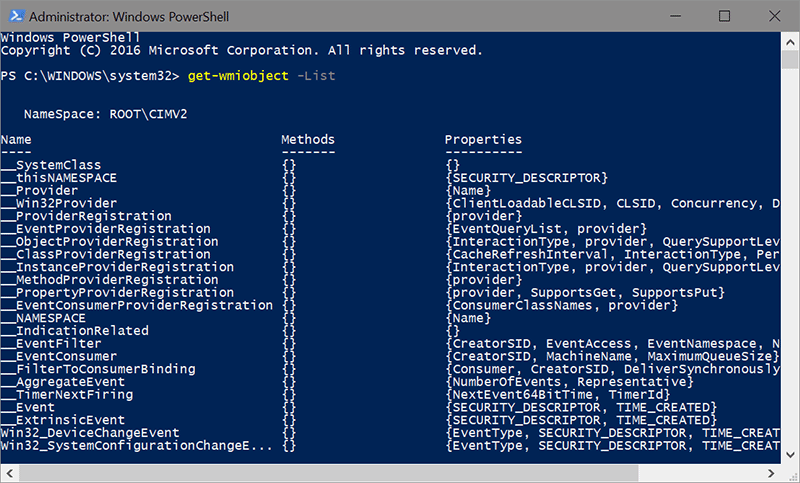Introducing Microsoft PowerShell
The Windows Management Framework (WMF) is a bundle of management tools, including PowerShell, which you can install together. The latest version of WMF can typically be installed on releases of Windows and Windows Server up to two versions older than is current, so that you can perform remote management. Interdependencies between the WMF components mean that you should deploy WMF as a whole in order to deploy PowerShell. In other words, it is the delivery mechanism for PowerShell.
WMF has several components:
- PowerShell and the PowerShell Integrated Script Environment (ISE) lets you write and execute PowerShell scripts
- Desired State Configuration (DSC) lets you specify the configuration of a machine, such as which Windows features are installed, and apply it.
- Windows Remote Management (WinRM) is a remote management service and XML protocol for managing Windows. PowerShell Remoting uses the WinRM service.
- Windows Management Instrumentation (WMI) is an implementation of WBEM (web-based enterprise management) which uses CIM (Common Information Model) to represent system components. WMI providers are implemented by Windows components to enable remote management. You can use WMI providers from PowerShell.
- Other WMF components include PowerShell Web Services, Software Inventory Logging, and a CIM provider for Server Manager.












